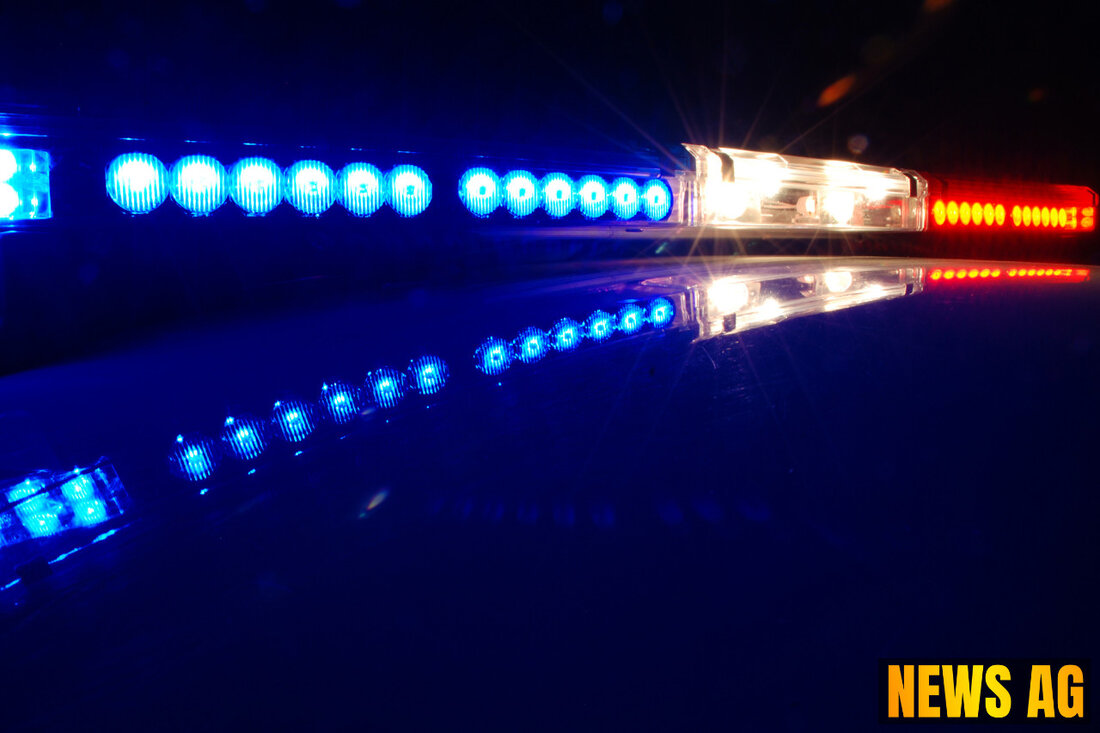West Palm Beach Removes Rainbow Crosswalk Amid State Regulation Crackdown

West Palm Beach, Florida - In a striking move, the City of West Palm Beach has decided to remove the rainbow crosswalk at Spruce Avenue and Northwood Road. This decision is not made in a vacuum; it’s part of a broader wave sweeping across Florida. The state is pushing local municipalities to comply with updated Florida Department of Transportation (FDOT) regulations, as reported by WJNO.
This latest action in West Palm Beach follows closely on the heels of Boynton Beach’s decision to paint over its LGBTQ crosswalk. Officials have cited safety concerns surrounding the paint used in these crosswalks, much of it not rated for vehicular traffic. Indeed, Boynton Beach acknowledged that their previous paint choices posed risks, aligning their decisions with mandates from state and federal authorities. FDOT has indicated that non-compliance with these regulations could endanger state funding for cities.
A Pattern Emerges
Boynton Beach isn’t alone; other cities like Delray Beach and Fort Lauderdale are also grappling with similar issues, although it’s unclear how they are handling the mandates. The intersection at East Ocean Boulevard and Southeast First Street in Boynton Beach was painted black just last Wednesday, showing a swift response to directives that began circulating after a July 1 social media post and a letter from Sean Duffy, the Trump Transportation Secretary. Duffy emphasized that taxpayer dollars should only fund safe streets devoid of political banners.
Further complicating matters, Delray Beach officials are facing their own challenges, with their pride installation experiencing vandalism for a third time. A pickup truck has been reported performing „burn outs“ at the intersection, and police are currently on the hunt for the suspect related to this vandalism.
Resistance and Community Response
The backlash to such regulations is palpable. Community leaders and LGBTQ advocates have expressed their discontent, with Rand Hoch, president of the Palm Beach County Human Rights Council, vocalizing surprise at the swift removal of the rainbow markings. Hoch criticized these actions as attempts to erase the LGBTQ+ community from public consciousness, questioning the motivations behind such a harsh regulatory environment.
Fort Lauderdale’s Mayor, Dean Trantalis, struck a different chord, hoping that his city’s pride installation—located on a side street—might remain untouched by the statewide actions. However, this optimism runs up against the backdrop of broader mandates aiming to eliminate what officials term “leftist mandates” that don’t contribute to road safety, a point reiterated by Duffy.
The Future of Pride in Florida
Meanwhile, Jacksonville, too, stands on the edge of a similar fate. Local advocates have already illuminated the Main Street Bridge in rainbow colors in defiance of the state’s directives, hoping to shine a light on inclusivity amidst the looming threat of removal of their pride crosswalks. Community organizations have championed these crosswalks as vital symbols of connection and acceptance, a sentiment not shared by all, particularly state officials who stress the need for roads to be free from political messages.
As West Palm Beach considers relocating and reimagining its rainbow mural in Serenity Park, many, including Delray Beach Commissioner Rob Long, are left pondering the future. In a landscape marked by symbolism and regulations, local decisions about community representation grow increasingly contentious.
The road ahead is fraught with questions. How will these cities balance compliance with community sentiment? Are public safety concerns simply a cover for erasing visible support for LGBTQ+ rights? As Florida continues to navigate these rocky terrains, residents and officials alike will need to confront not just the regulations but the values they choose to uphold in their public spaces.
| Details | |
|---|---|
| Ort | West Palm Beach, Florida |
| Quellen | |
